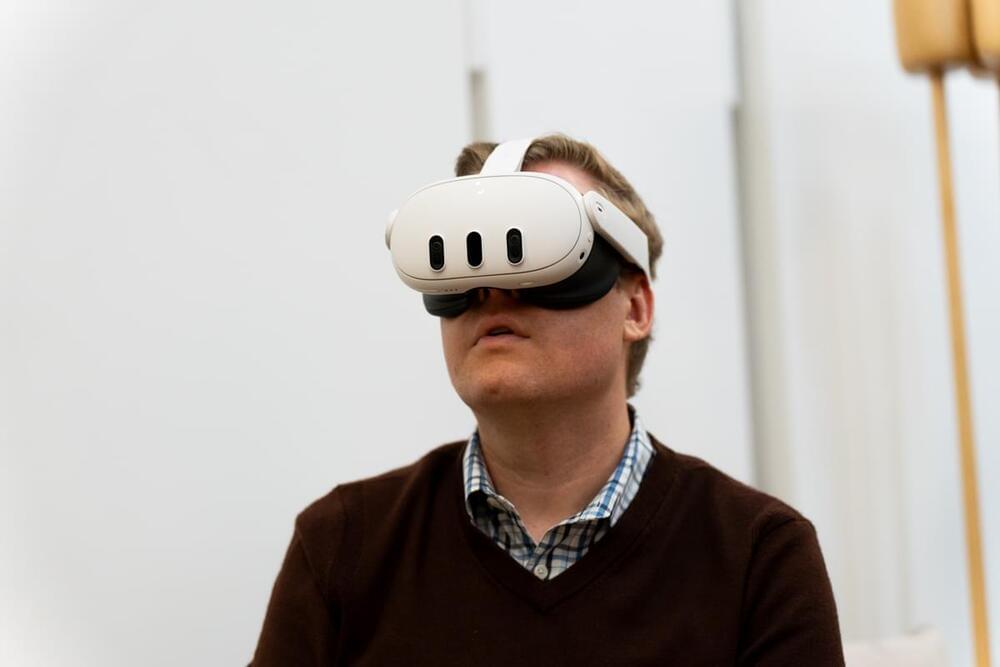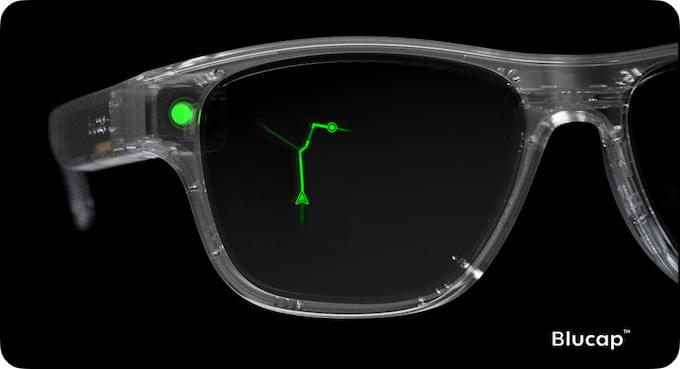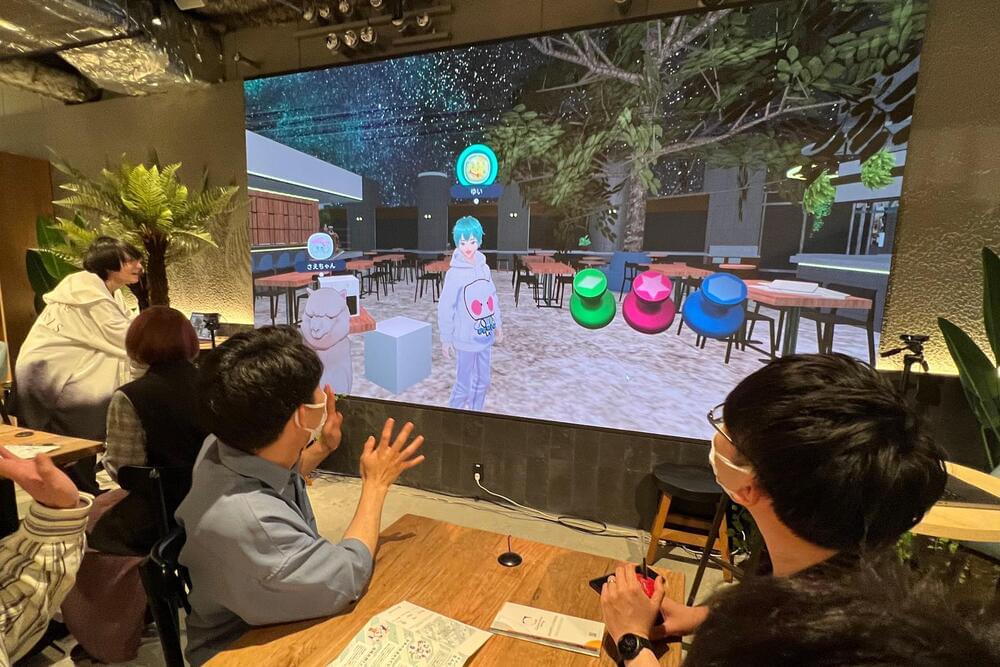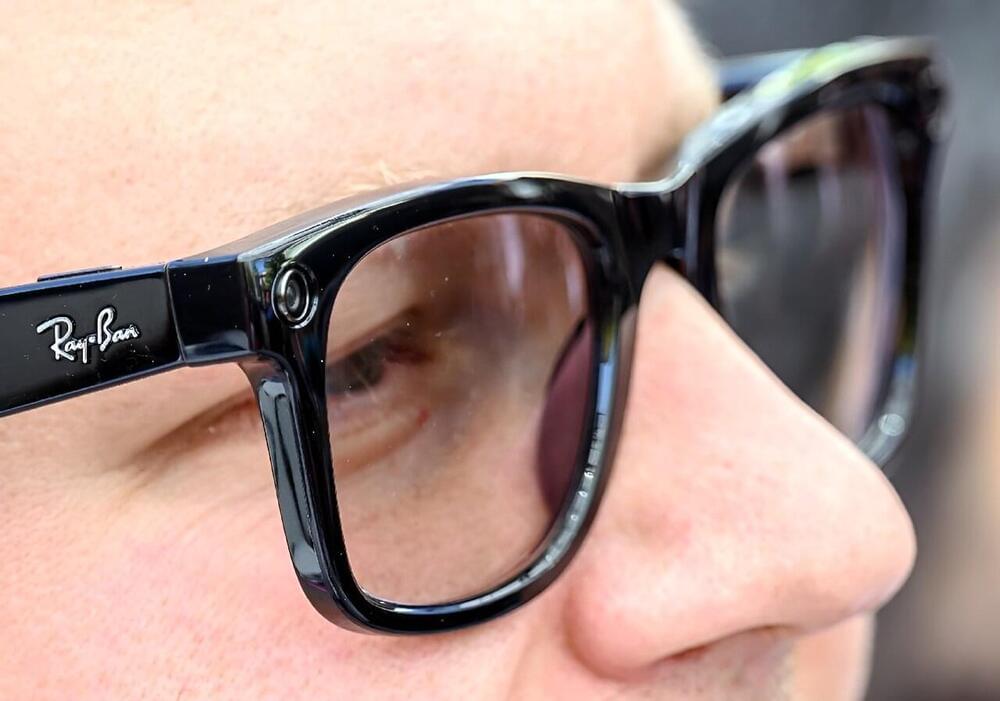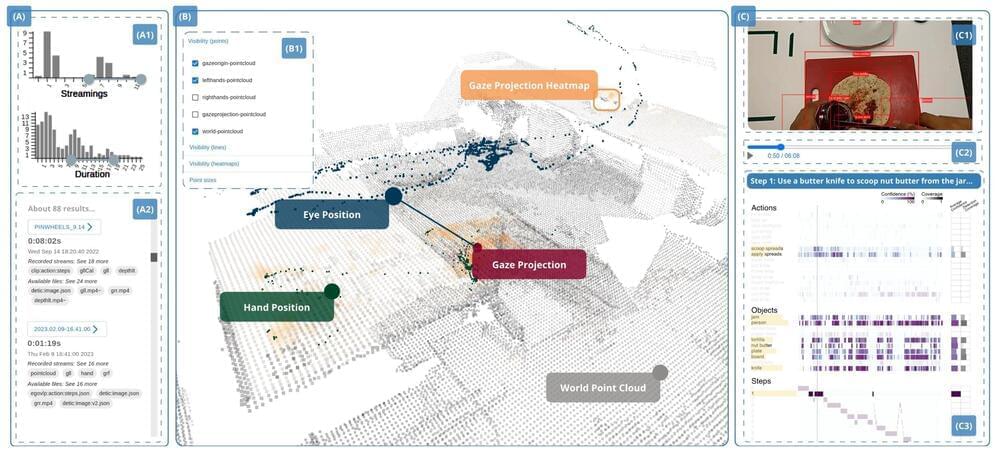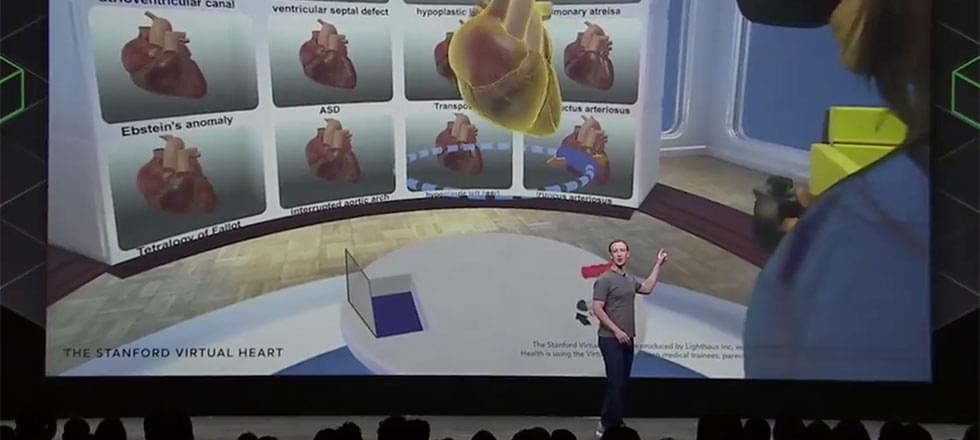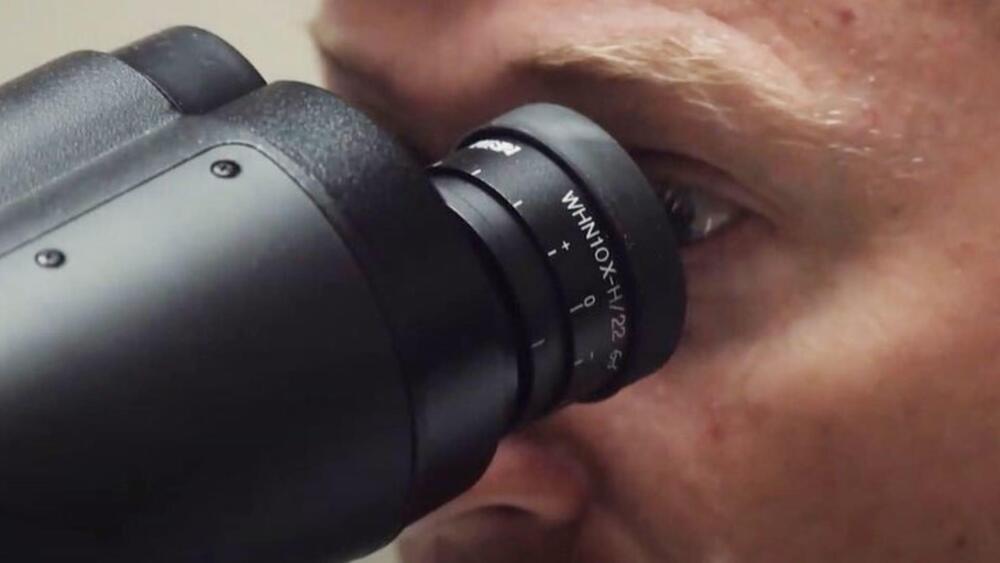In a world where a $500 price point qualifies as cheap, Meta continues to be the best solution for casual extended reality.
Having spoken to most of the major vendors over the past year, it seemed like everyone relished the arrival of the 500-pound gorilla. They would, they reckoned, be ships among a rising tide. Even more to the point,… More.
However this all plays out, 2023 will almost certainly be regarded as a pivotal year for AR and VR. After years of waiting for the category to have its iPhone moment, Apple finally unveiled the Vision Pro during WWDC back in June. It was everything we’ve come to expect from the company: big, boisterous and polished, with lofty promises and a price tag to match.
Certainly the forthcoming Vision Pro has amped up both the attention and the pressure the competition is facing. I would venture a guess that Magic Leap received more press coverage in Apple’s wake than it had since the days it was a mysterious white-hot early-stage startup. I also assume that more people than ever were following Meta’s recent Connect event to see how the company would respond.
